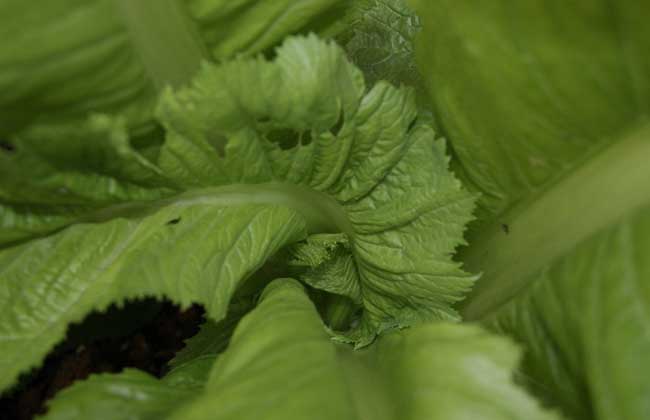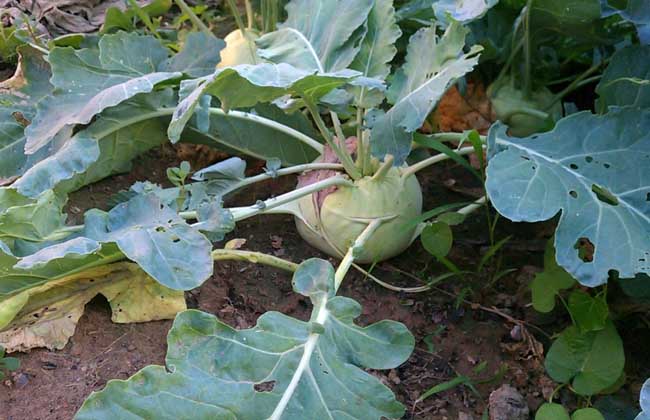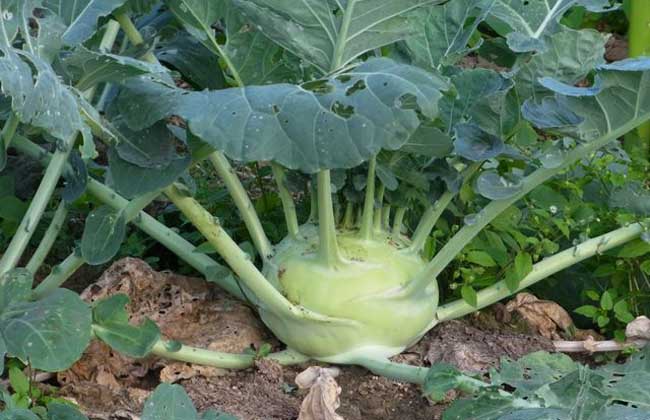When will the mustard be planted?

Mustard is a famous specialty vegetable in China, with strong adaptability. It is mainly sown in autumn in the north and south of China. The Yangtze River valley, southwest and South China are harvested in winter or the next spring, and the north is harvested before frost. Mustard with young plants for edible leaves can be sowed in spring or summer in the south. Let's take a look at when mustard will be planted.
When will the mustard be planted?
The cultivation of mustard in open field can be carried out in both spring and autumn in the Yangtze River and Huang-Huai areas, generally with autumn sowing, sowing from late July to October, and harvest from mid-September to March of the following year, but the yield of sowing in August is the highest. Sowing prematurely, the weather is hot and dry, there are many torrential rains, and it is difficult to emerge seedlings, so sunshade net should be used to cover. When sowing too late, the seedlings encounter cold current when they have 2 or 3 true leaves, so they are vulnerable to freezing damage. Spring sowing can be cultivated in solar greenhouse or plastic greenhouse, and the listing can be advanced or delayed.
How to sow mustard seeds?
Mustard seeds are small, so it is necessary to flatten and fine the land, pick up weeds and rubbish, and achieve deep ditches and high beds for drainage and irrigation. the border width is generally 2.5 meters (even ditches), and the sowing rate is 1.5-2 kg per mu in spring, 3-4 kg in summer and 2-3 kg in autumn. It is generally used to spread, but strive to be uniform. After sowing, trample the border surface gently with your feet, so that the seeds are in close contact with the soil, so that the seeds can absorb water and emerge early. Sowing in summer and autumn can be done one or two days before soil preparation, wet the land and then prepare the land for bed. If you use the new seeds harvested in the current year to sow seeds, because the seeds are not yet out of dormancy, they should be placed in a 2-7 ℃ environment (refrigerator) to accelerate germination and sow seeds.
Planting and management techniques of mustard
1. Timely planting: mustard has a wide range of adaptation to the soil, but in order to obtain high yield, mustard should choose sandy loam as rice before, apply sufficient base fertilizer, drill holes, plant in two rows, plant spacing 40cm to 50cm, and thinning varieties that are late in maturity. Mustard root slowly, transplant as much as possible to take soil and avoid root injury, and make the root into the soil does not bend, in order to improve the survival rate.
2. Rational fertilization: mustard usually emerges 3-4 days after autumn sowing and 6-15 days after spring sowing. When mustard seedlings had two true leaves, the first topdressing was carried out with 0.3% urea solution of 1000 kg per mu, and the second topdressing was carried out 7-10 days before harvest.
3. Watering and weeding: mustard seeds are small and easy to be affected by soil moisture, so pay attention to watering and moisturizing before emergence, and the watering time is suitable in the morning and evening. It is necessary to grasp the principles of light watering and diligent watering, and should not be watered thoroughly at once. Mustard plants are short and usually sown. Weeds mixed with mustard are difficult to weed and labor-consuming. Weeds should be pulled out in combination with harvesting.
4. pest control: few infectious diseases of mustard are mainly manifested in virus diseases on leaf mustard, which are mostly spread by aphids in the hot and dry seedling stage and the early growth stage after planting, and are thoroughly prevented and sprayed every 7-10 days at the same time. It is also useful to keep the soil moist and reduce the climate, in addition to aphids and yellow fleas, mainly harmful to mustard roots and spraying phoxim and other pesticides.
5. Timely harvest: mustard is harvested in stages, each harvest should be large and small, leaving plants should be uniform and appropriate. After sowing shepherd's purse in early autumn, 10-13 true leaves were harvested, harvested 30-35 days after sowing, and then harvested 4-5 times by stages, ending in late March of the following year, with a total yield of 2500-3000 kg per mu. Autumn shepherd's purse sown in early October takes 45 to 60 days to start harvesting. Shepherd's purse sown in late February was harvested and listed in early April. Spring sowing is generally harvested twice, and the yield per mu is about 1000 kg.
Related
- A course of planting techniques and methods on how to grow carrots
- How to plant the latest tulips?
- Is it better to pick tea in the morning or in the afternoon? When is the best time for tea to be picked? what is the third or fifth tea?
- Launch Yuanxiao Happy combination Haocha + Tea Yuan healthy Taste
- Penghu Tourism "Fireworks 20 Parade with You"
- 2022 West Lake Happiness holds "Digital Revitalization Voucher" and draws iphone13 and laptop.
- Banqiao Fuzhou social houses are designed to change start-up combined with police elimination to create a safe and livable environment
- The convenient measure of "mechanical weeding" in Xinbei has been abused and the Agriculture Bureau has imposed heavy penalties on the illegal land consolidation.
- Changgeng University Joins Hands with Four Memory Factories to Rescue Memory Talent Shortage
- The list of Taiwan's top 100 MVP managers is listed by the Director-General of the Farmers' Association of Sanxia District.



